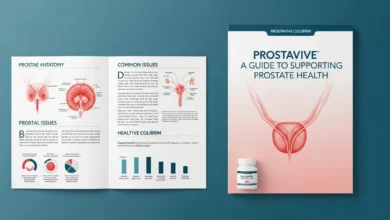Skill Termite: Nurturing Growth in the Workplace

In today’s fast-paced world, organizations often find themselves facing challenges that can impact their success and longevity. One of these challenges is the presence of “Skill Termites.” These silent underminers can slowly erode the foundation of a company, leading to a decline in productivity, innovation, and overall performance. In this article, we will delve into the world of Skill Termites, exploring what they are, their impact on the workplace, and how to eliminate them.
1. Introduction to Skill Termites
Imagine a scenario where your workforce is highly skilled, creative, and productive. Everything seems to be running smoothly. However, beneath the surface, there may be unseen factors quietly eating away at your organization’s foundation. These hidden factors are what we refer to as “Skill Termite.”
2. What Are Skill Termites?
Skill Termites are individuals in the workplace who, despite possessing skills and potential, fail to contribute effectively. They may lack motivation, engagement, or the willingness to adapt to changes. Like termites in a wooden structure, they can weaken the organization from within.
3. The Impact of Skill Termites in the Workplace
The presence of Skill Termites can have far-reaching consequences. It leads to decreased productivity, demotivated employees, and an environment that stifles innovation and growth. The effects are often subtle, but over time, they can be detrimental.
4. Identifying Skill Termites
Recognizing Skill Termites is the first step in dealing with this issue. It involves assessing employees’ performance, attitudes, and willingness to adapt. Identifying these individuals early can prevent further damage.
5. The Dangers of Ignoring Skill Termites
Ignoring Skill Termites can be costly. Their negative influence can lead to high turnover rates, decreased customer satisfaction, and a damaged reputation. Companies that overlook this issue often pay a heavy price.
6. How to Address Skill Termites
Dealing with Skill Termites requires a multi-faceted approach. This includes coaching, mentoring, and providing opportunities for growth and development. It’s essential to address the root causes of their underperformance.
7. Building a Skill-Termite-Free Work Environment
Creating an environment where Skill Termites cannot thrive is crucial. This involves setting clear expectations, providing support, and fostering a culture of collaboration and innovation.
8. The Role of Continuous Learning
One effective way to combat Skill Termites is through continuous learning. Encouraging employees to update their skills and knowledge can help keep the workplace dynamic and vibrant.
9. Nurturing Employee Growth
Investing in employees’ growth not only benefits them but also the organization. Skill Termites are less likely to thrive in an environment where personal and professional development is encouraged.
10. Creating a Culture of Skill Development
Establishing a culture of skill development is essential. This means valuing and promoting learning and growth at all levels of the organization.
11. Strategies for Skill Termite Prevention
Preventing Skill Termites from infiltrating your workplace requires a proactive approach. This section will explore strategies and tactics to keep them at bay.
12. Case Studies: Companies Battling Skill Termites
Examining real-world examples of companies that successfully identified and eliminated Skill Termites can provide valuable insights into this ongoing challenge.
13. Success Stories: Eliminating Skill Termites
This section will highlight success stories of organizations that transformed their workforce by addressing the issue of Skill Termites.
14. Conclusion: The Value of Skill Development
In conclusion, Skill Termites can be insidious, but they are not invincible. By recognizing them early, addressing the root causes, and fostering a culture of skill development, organizations can create an environment where Skill Termites cannot thrive.
15. FAQs on Skill Termites
Q1: How do Skill Termites differ from underperforming employees?
Skill Termites are individuals with potential but lack motivation or engagement. Underperforming employees may lack the necessary skills or training.
Q2: Can Skill Termites be transformed into productive contributors?
Yes, with the right approach, Skill Termites can undergo a positive transformation and become valuable assets to the organization.
Q3: What are the common signs of Skill Termites in the workplace?
Common signs include decreased productivity, resistance to change, and a lack of enthusiasm for their work.
Q4: How can I prevent Skill Termites from affecting my organization?
Prevention involves clear communication, ongoing training, and creating an environment where skill development is encouraged.
Q5: Are Skill Termites a prevalent issue in all industries?
Skill Termites can manifest in any industry. The extent of the issue may vary, but it’s essential for all organizations to be vigilant.
Click Here




